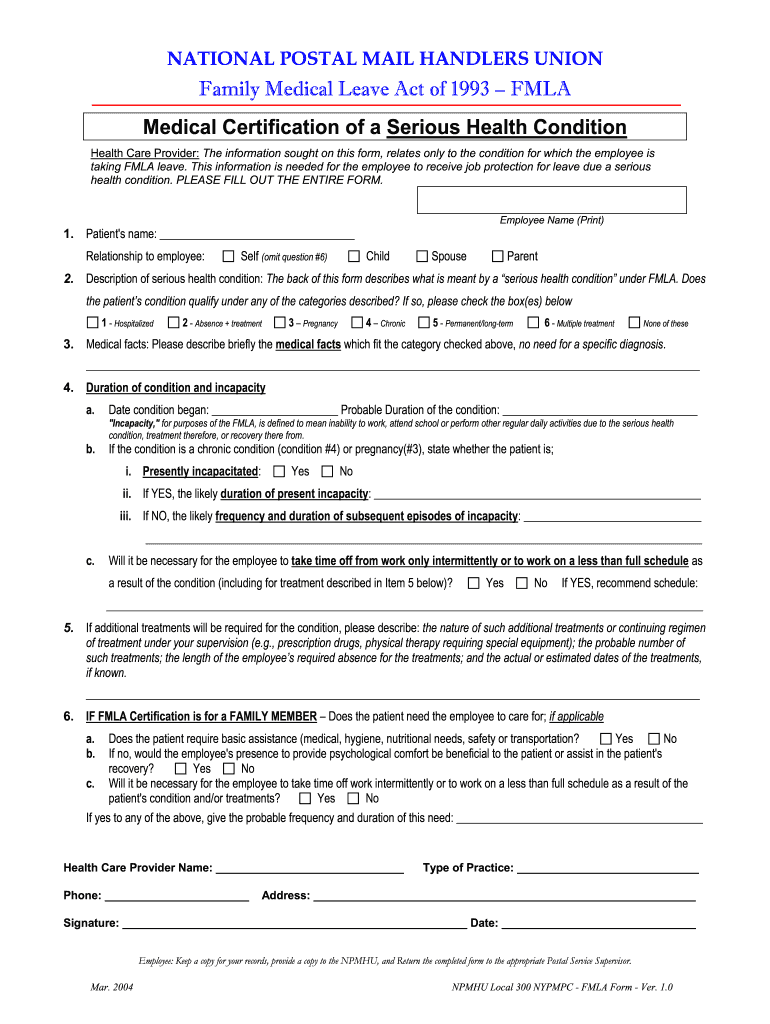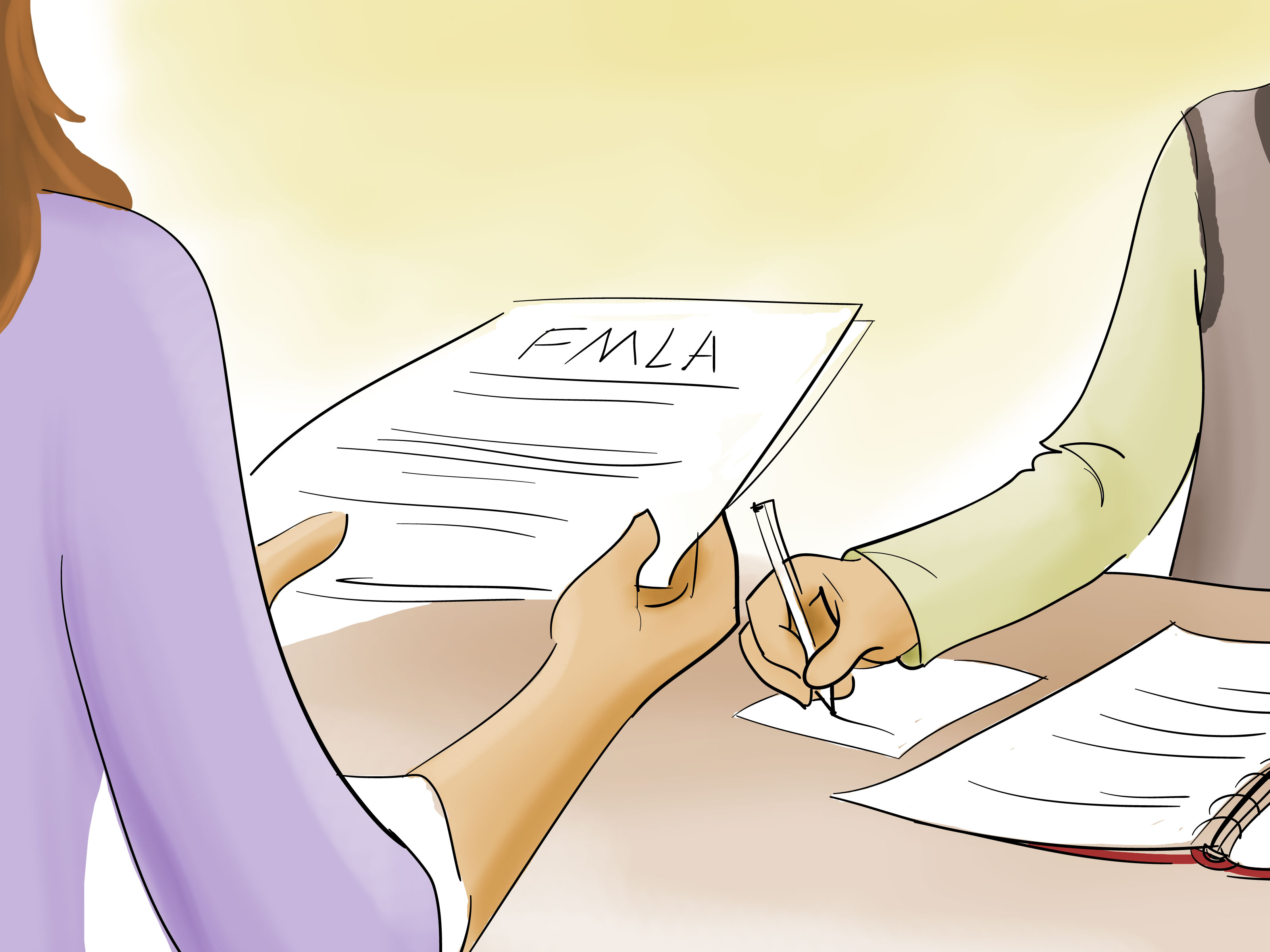5 Steps to Completing Your FMLA Paperwork Easily

Applying for Family and Medical Leave Act (FMLA) benefits can be a stressful experience, especially when you're dealing with personal or family health issues. However, the process doesn't have to be overwhelming. By understanding and following a structured approach, you can ensure that your FMLA paperwork is completed accurately and efficiently, allowing you to take the necessary time away from work with peace of mind.
Step 1: Understand FMLA Eligibility

Before diving into the paperwork, it's crucial to determine if you are eligible for FMLA leave:
- You must work for a covered employer (usually businesses with 50 or more employees within a 75-mile radius).
- You must have worked for the employer for at least 12 months.
- You need to have at least 1,250 hours of service over the previous 12 months.
- The leave must be for a qualifying reason (e.g., birth or adoption of a child, serious health condition).
Step 2: Notify Your Employer

Once you've confirmed eligibility, here's how to notify your employer:
- Provide verbal or written notice. While written notice is ideal, verbal notice can suffice in emergencies.
- Inform them of your need for leave at least 30 days in advance if possible; if not, as soon as possible.
- Specify the reason for leave, its anticipated duration, and the date you expect to return to work.
Step 3: Collect and Complete FMLA Forms

The next step involves collecting and filling out the necessary forms:
- Form WH-380-E – Certification of Health Care Provider for Employee's Serious Health Condition.
- Form WH-380-F – Certification for Family Member's Serious Health Condition.
- Form WH-381 – Notice of Eligibility and Rights & Responsibilities.
- Form WH-382 – Designation Notice.
Your HR department or an FMLA coordinator will provide these forms, but you can also download them from the U.S. Department of Labor's website.
Step 4: Submit Your Paperwork

Timely submission of your FMLA documents is crucial:
- Hand in or mail the completed forms to your HR department or designated FMLA coordinator.
- Keep copies of everything you submit for your records.
- Ensure you understand the deadline for submission to avoid any complications.
Here's a quick reference table for required forms:
| Form | Description |
|---|---|
| WH-380-E | Certification for employee's health condition. |
| WH-380-F | Certification for family member's health condition. |
| WH-381 | Eligibility and rights notice. |
| WH-382 | Designation notice from employer. |

🔍 Note: If you anticipate a long leave, discuss with your employer about job protection and other workplace policies.
Step 5: Follow Up

Lastly, keeping the lines of communication open with your employer:
- Check back on the status of your request, especially if you haven't received a response within a reasonable time frame.
- Provide updates on your condition or any changes to your leave duration.
- Plan your return to work, discussing accommodations or modifications needed upon your return.
By following these steps, you can streamline the process of applying for FMLA leave, reducing the burden at an already challenging time. Remember, open communication with your employer can help ensure a smoother transition and return to work, keeping you protected and supported throughout your leave.
How soon should I notify my employer of my FMLA leave?

+
You should notify your employer at least 30 days in advance if the need for leave is foreseeable. If it’s not, then as soon as possible.
What if I’m denied FMLA leave?

+
If you are denied, you can appeal the decision. Start by understanding the specific reasons for the denial, gather additional documentation, and engage with your HR department or escalate the matter if necessary.
Can I take FMLA leave for mental health issues?

+
Yes, provided your mental health condition qualifies as a serious health condition under FMLA regulations, and you can provide certification from a healthcare provider.



